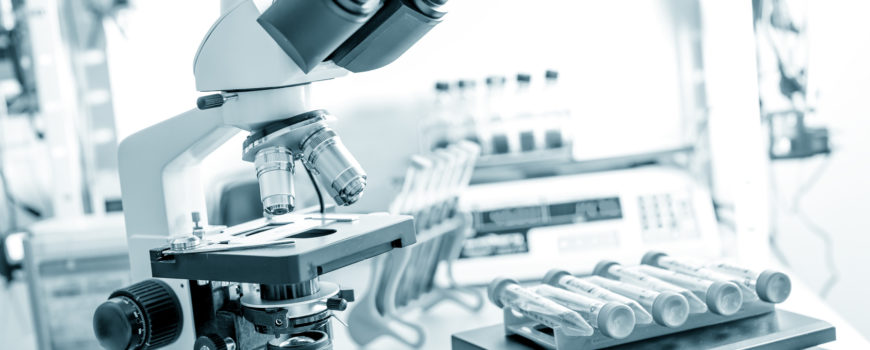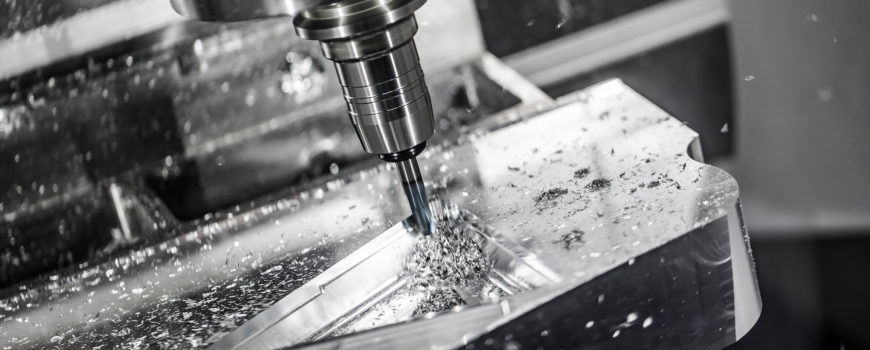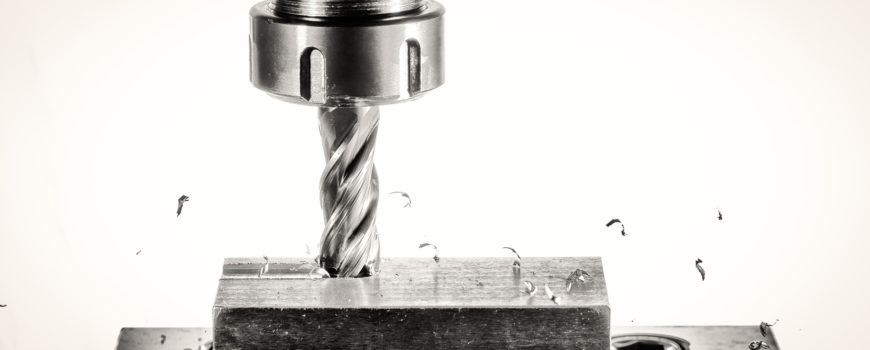Saving lives requires a high degree of precision. No field requires CNC machining more than the medical device manufacturers. The application of CNC precision ranges from necessary MRI scans to cardiac catheterization. Currently, there are numerous ongoing researches, and some results have been produced.
Medical device manufacturing is on the brink of unleashing breathtaking technologies if it hasn’t yet. Here are four states of the art medical devices that revolutionize the industry thanks to CNC precision:
3D Tissue Printing
A few years ago if one mentioned the possibility of developing 3D bio-printing of tissues, it was seen as pigs flying. The tech is here with us. The entire process relies on the liquefaction of donor cells or a patient to provide the required nutrients and oxygen. With high precision, the cells are put on a scaffold in small layers that are characteristic to that of the patient. Incubation follows until viable tissues are obtained.
3D printing opens room for surgeons to carry out tissue and organ repairs by relying on the patients’ mature cells or a perfect donor. Gone are days that they depended on foreign tissues.
Smart Scalpel and Probe
With medical device manufacturers, CNC precision equipment such as smart probes with smart scalpels gives hope to patients who have cancer. Due to their high precision and small size, they can be made tissue selective a crucial necessity in targeting cancerous cells especially in nerves or vascular tissues.
Once the smart probes are inserted into the body tissue, they can be directed and guided to the tumor location. At the tip of the probe are sensors capable of distinguishing between healthy tissues and cancerous ones. They have been tested and found to detect up to 7 signs of breast cancer.
The high-end technology sends tissue information in real time, giving surgeons and radiotherapists’ accurate data.
Electromagnetic Acoustic Imaging
It has been a journey for medical technicians looking for better and safer ultrasound devices that the commonly used CT scanners. Electromagnetic acoustic imaging is a top-notch technology that employs bio-electromagnetism and acoustics.
The combination produces quality MRI images and is safe. Moreover, physicians can comfortably differentiate malignant tissues from healthy ones.
The science behind the high sensitivity is that different tissues react differently to stimuli. Physicians use light, electromagnetic and ultrasound energy to stimulate tissues. Healthy tissue will not respond the same way to the infected one. The differences can then be projected on an ultrasound detector for interpretation.
Cancer tissues have high conductivity as compared to normal tissues. Electromagnetic radiation penetrates deeply into the body tissues making it ideal for acoustic imaging. Due to its high penetration, it can detect tumors located deep inside body organs or bones.
EMAI has the following benefits:
-Safe
-Portable equipment
-Effective
-Fast
-Less expensive
Nanobots
Apart from being the 5th killer, stroke causes disability in the long term. Living with the condition is heartbreaking and costly to both the infected and the affected. It is caused by the blockage of blood vessels delivering oxygen and blood to the brain. Consequently, the brain cells die.
Nanobots are now being used in the treatment of stroke by unblocking blood clots. The removal of clots also creates passageways for drug delivery with the aim of reversing stroke effects.
Tag Team Manufacturing is a leading manufacturer located in Colorado specializing in CNC precision for various industries including medical device manufacturers. Contact them for all your CNC Machining solutions.






